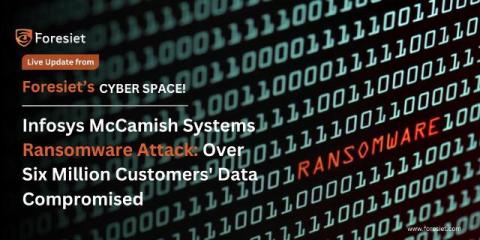Volcano Demon Ransomware Group Uses Phone Calls for Direct Extortion
A newly identified ransomware group, "Volcano Demon," has emerged, targeting executives directly with threatening phone calls instead of the typical data leak sites. Over the past two weeks, this group has carried out several attacks, deploying a unique ransomware variant known as “LukaLocker,” according to a report from Halcyon. LukaLocker Ransomware Attack Overview Volcano Demon’s ransomware, LukaLocker, encrypts files with a.nba extension.










